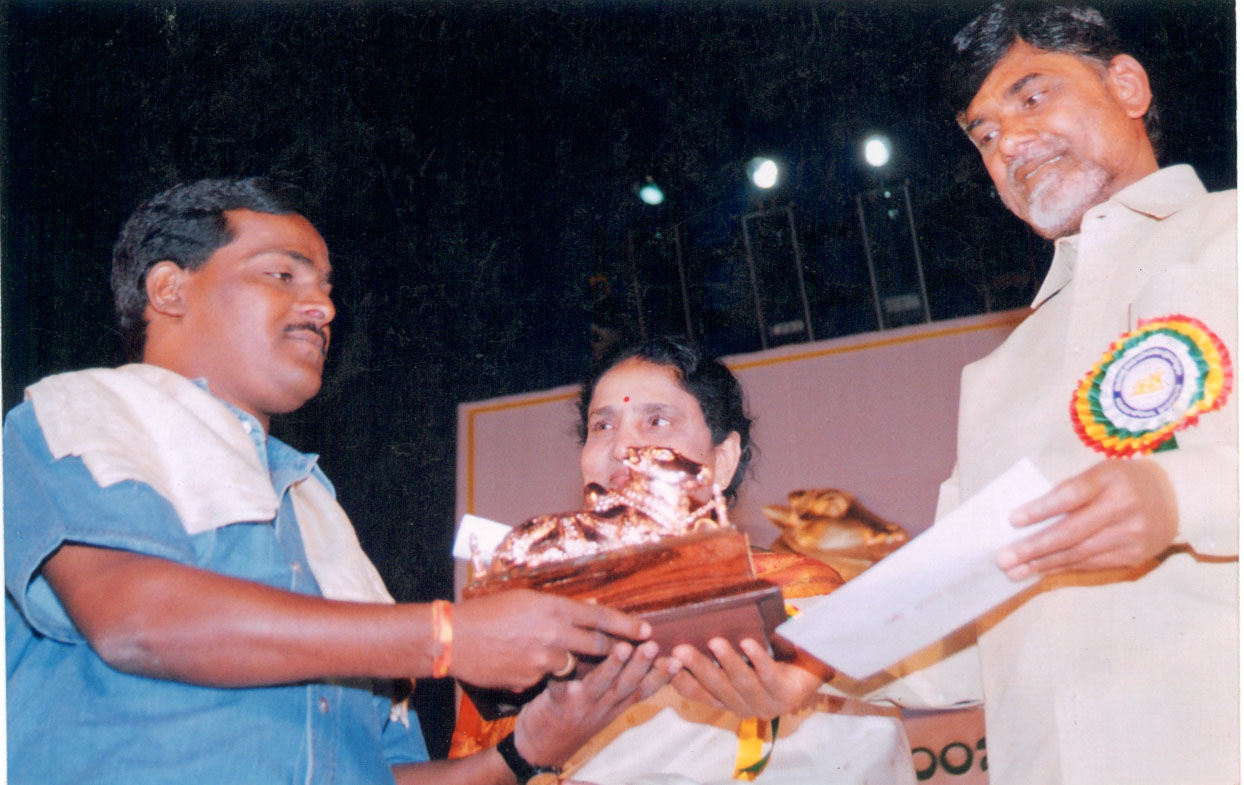A crime film, in its most general sense, is a film that deals with crime, criminal justice and the darker side of human nature. Stylistically, it can fall under many different genres, most commonly drama, thriller, mystery and film noir. Films focused on the Mafia are a typical example of crime films.
Adaptation
Crime films have been generally adapted from other forms of literature rather than written directly for the screen. What's seen as the bleak nature of some of these source materials often led some in the film industry to attempt to "lighten" the story when it was translated into film. Goodfellas is an example.
Gangster films typically focus on the power struggles within gangs rather than on the policemen who try to stop them. The most common storyline depicts an individual's rise to power within the organization, followed by his betrayal and murder by the gang or being killed by police. This story offers a moral message against crime, while also permitting the audience to vicariously enjoy the gangster's exploits.
Several famous examples of changing with the plot exist. One of them is Alfred Hitchcock's (1899 - 1980) film Suspicion (U.S., 1941), which is based on Francis Iles's novel Before the Fact (1932). Alterations of the plot are often due to external factors such as a particular actor's previous roles. While director Howard Hawks was filming The Big Sleep (1946), a classic example of film noir, Humphrey Bogart and his leading lady, Lauren Bacall, got married, which resulted in the studio exploiting -- and cashing in on -- their off-screen relationship by adding several scenes featuring the couple which are not based on Chandler's novel.
When the best-selling novel The Godfather was adapted for film, much of the dark elements were kept intact, while lighter subplots are left out.
There are also straightforward adaptations of crime and mystery novels. Sir Peter Ustinov is seen by many as the definitive Hercule Poirot in several films based on Agatha Christie's novels such as Death on the Nile, Evil Under the Sun, and Dead Man's Folly.
Such is the crime genre.
Crime fiction in television
The ever-increasing popularity of TV brought about the emergence of lots and lots of TV series featuring all sorts of detectives, investigators, special agents, lawyers, and, of course, the police. In Britain, The Avengers (1960s) about the adventures of gentleman agent John Steed and his partner, Emma Peel, achieved cult status. U.S. TV stations produced series such as 77 Sunset Strip (1958-1963); The Streets of San Francisco (1972-1977), starring Karl Malden and a young Michael Douglas; Kojak (1973-1978), with Telly Savalas playing the lolly-addicted police lieutenant; Charlie's Angels (1976-1981); Murder, She Wrote (starting in 1984), about the adventures of Cabot Cove-based mystery writer Jessica Fletcher, played by Angela Lansbury. In Germany, Derrick became a household word.
Crime plays and films
Generally, lots of films dealing with crime and its detection are based on plays rather than novels. Agatha Christie's stage play Witness for the Prosecution was adapted for the big screen by director Billy Wilder in 1957. The film starred Marlene Dietrich and Charles Laughton and is a classic example of a "courtroon drama". In a courtroom drama, a charge is brought against one of the main characters, who says that they are innocent. Another major part is played by the lawyer representing the defendant in court and battling with the public prosecutor. He or she may enlist the services of a private investigator to find out what really happened and who the real perpetrator is. But in most cases it is not clear at all whether the accused is guilty of the crime or not -- this is how suspense is created. Very often, the private investigator storms into the courtroom at the very last minute in order to bring a new and crucial piece of information to the attention of the court. For obvious reasons, this type of literature lends itself to the literary genre of drama: There is a lot of dialogue and little or no necessity for a shift in scenery: The auditorium of the theatre becomes an extension of the courtroom. When a courtroom drama is filmed, the traditional device employed by screenwriters and directors is the frequent use of flashbacks, in which the crime and everything that led up to it is narrated and reconstructed from different angles.
In Witness for the Prosecution, Leonard Vole, a young American living in England, is accused of murdering a middle-aged lady he met in the street while shopping. His wife hires the best lawyer available because she is convinced, or rather she knows, that her husband is innocent. Another classic courtroom drama is U.S. playwright Reginald Rose's Twelve Angry Men (1955), which is set in the jury deliberation room of a New York Court of Law. Eleven members of the jury, aiming at a unanimous verdict of "guilty", try to get it over with as quickly as possible. And they would really succeed in achieving their common aim if it were not for the eighth juror (played by Henry Fonda in the 1957 movie adaptation), who, on second thoughts, considers it his duty to convince his colleagues that the defendant may be innocent after all, and who, by doing so, triggers a lot of discussion, confusion, and anger.
Srivenkat Bulemoni
Subscribe to:
Post Comments (Atom)






No comments:
Post a Comment